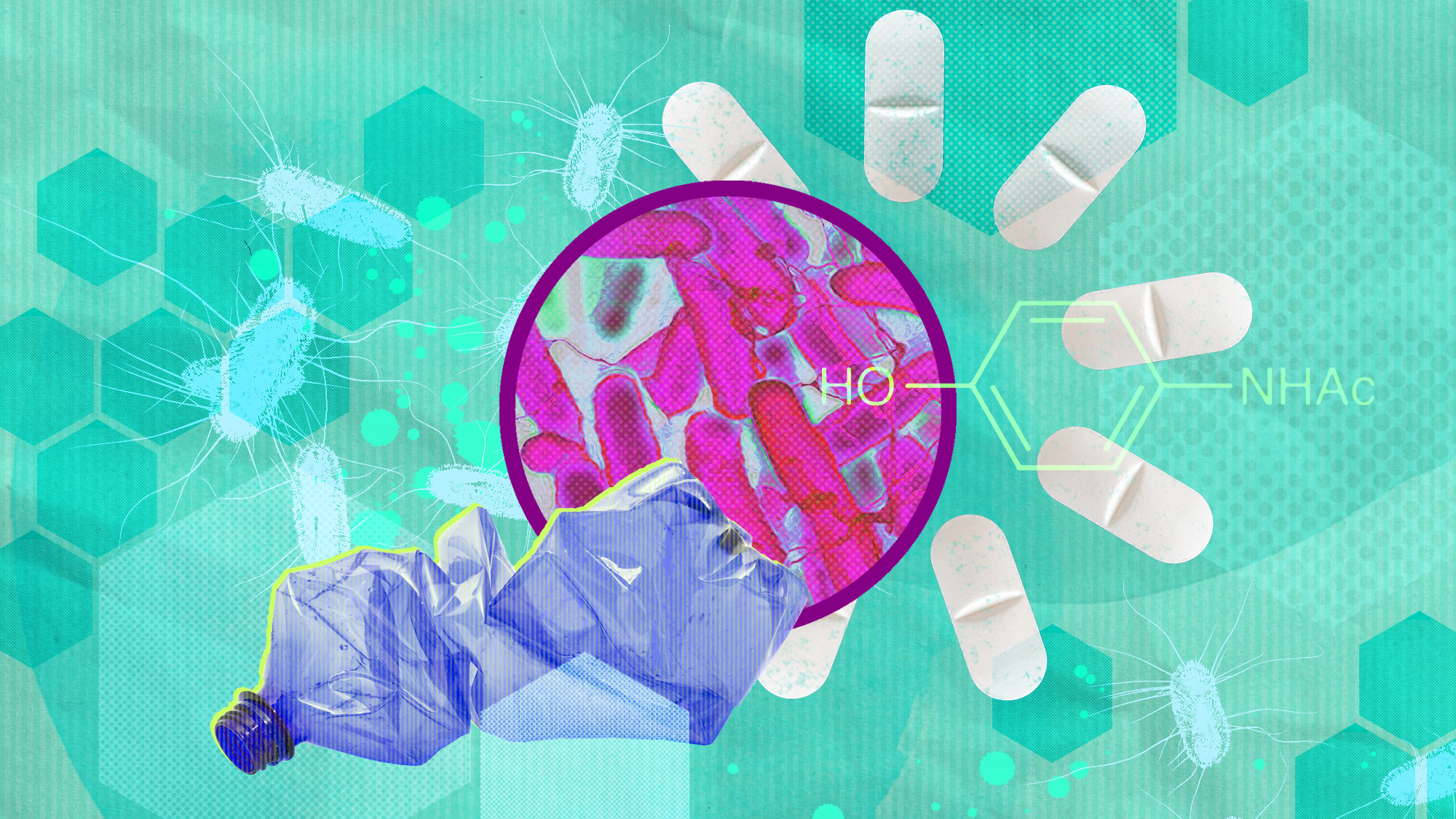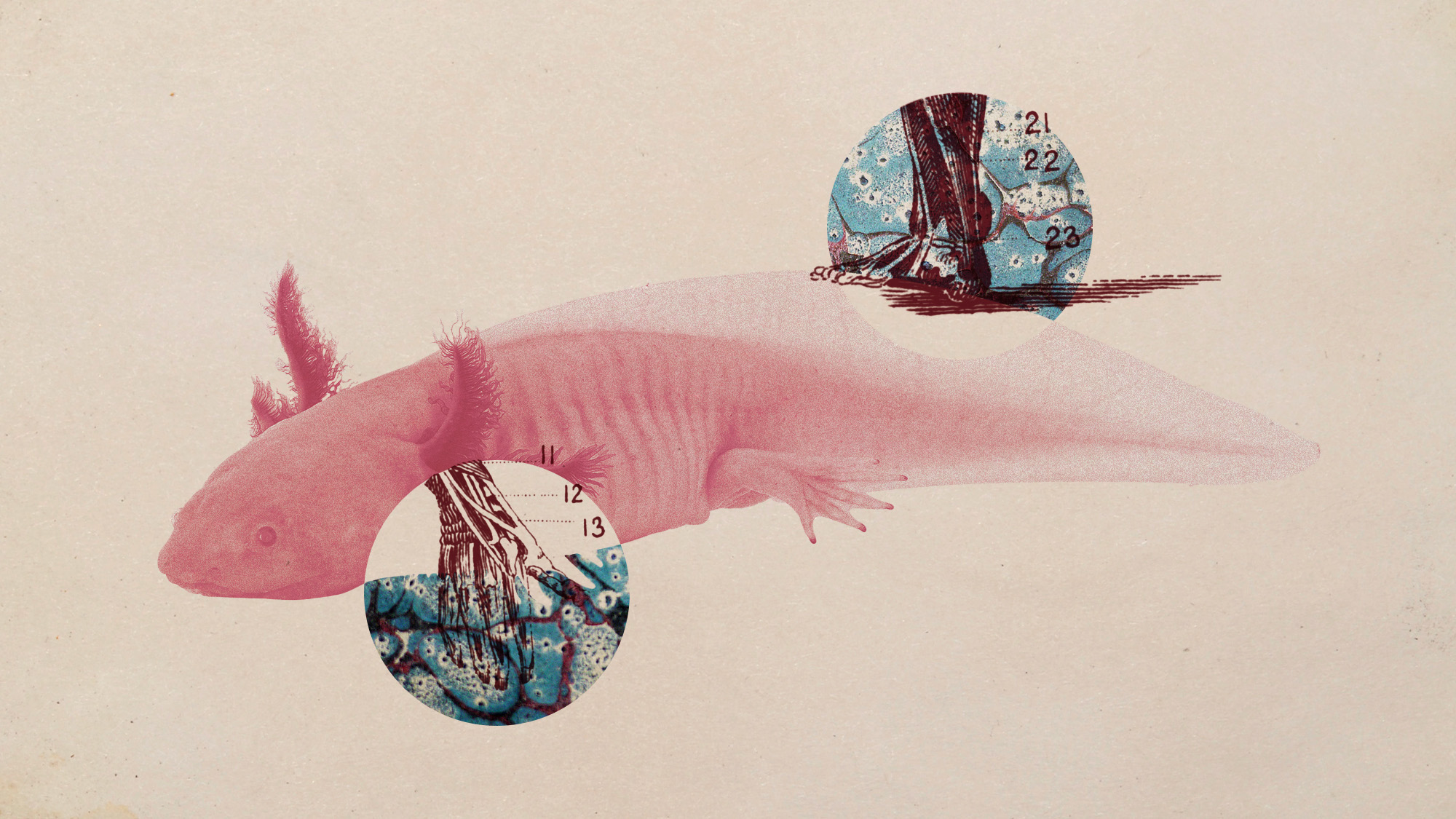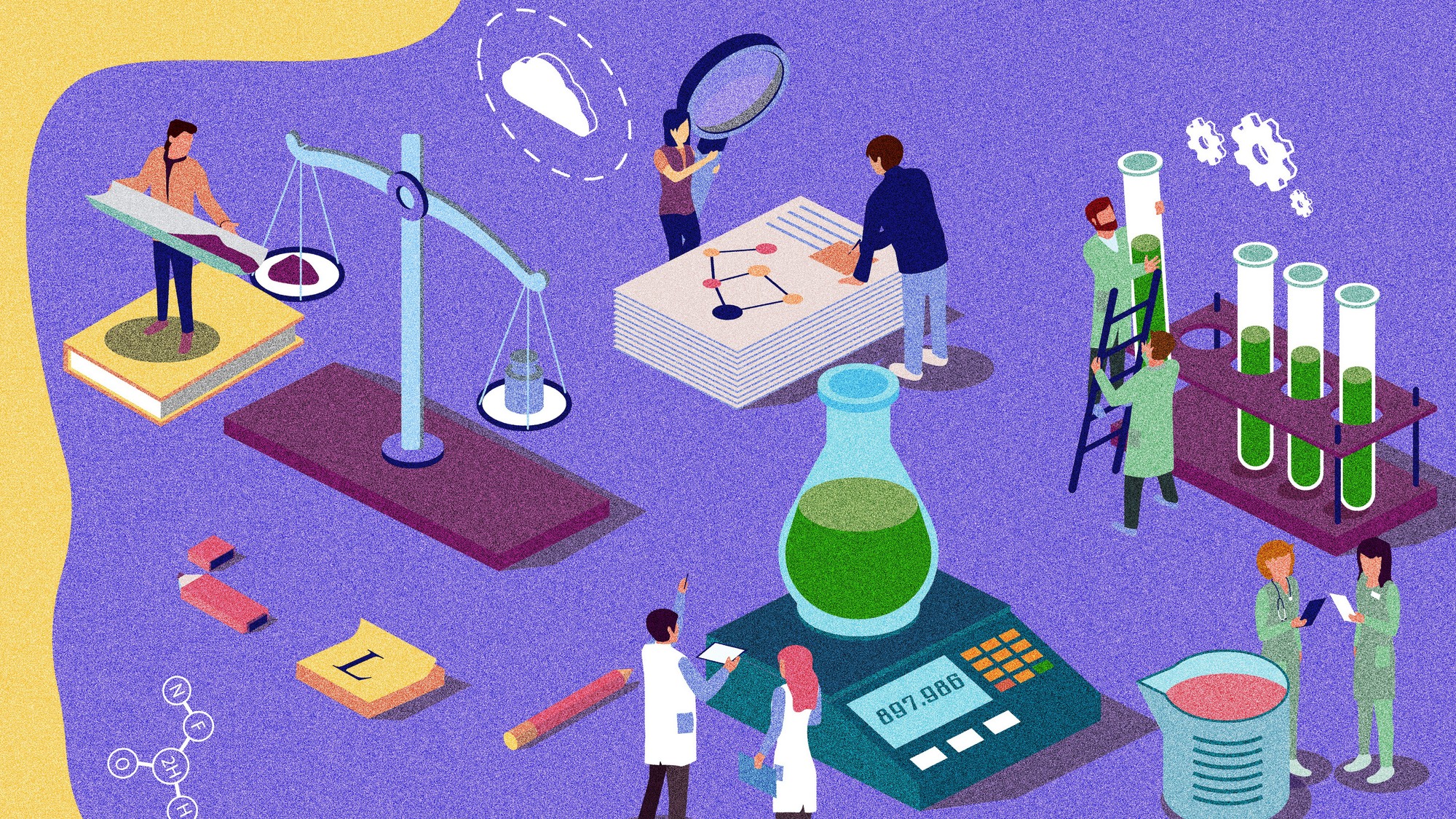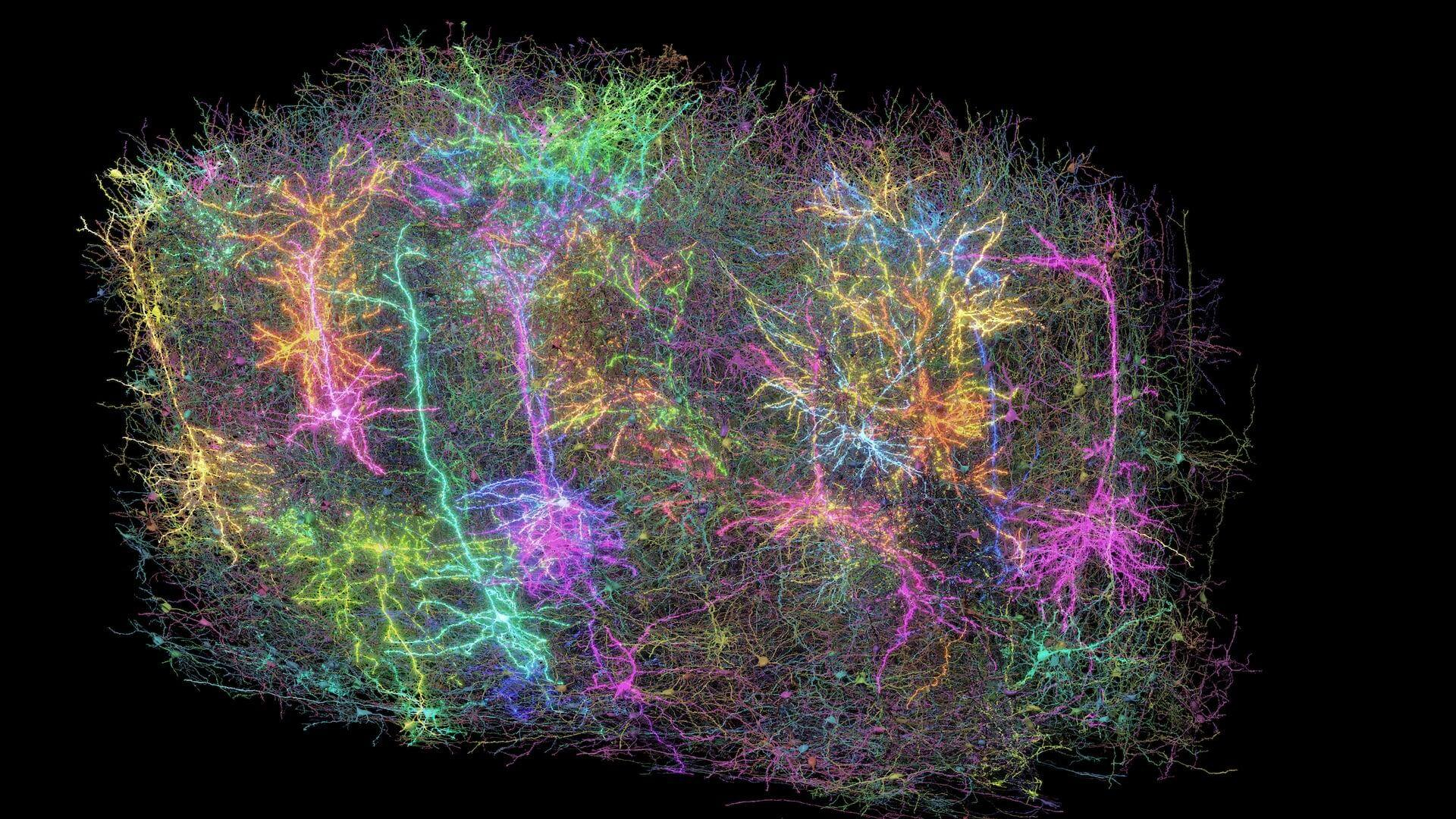Health & Science
America’s polluted waterways; Mapping the infant universe; A new stroke symptom; A beetle battle won
America’s polluted waterways
More than half of the rivers and streams in the U.S. have a serious water-quality problem, the Los Angeles Times reports. An alarming new study by the Environmental Protection Agency shows that 55 percent of America’s rivers and streams “are in poor condition for aquatic life.” EPA scientists collected data from roughly 2,000 waterways, from major rivers like the Mississippi to small wading streams. The most persistent problem they found was nutrient pollution: Runoff containing nitrogen and phosphorus—common ingredients in fertilizers and detergents—fuels algae blooms that decrease the supply of oxygen and sunlight that aquatic plants and animals need to thrive. Land development has also greatly reduced the riparian vegetation that prevents erosion and provides shade to keep waterways cool. High levels of bacteria make 9 percent of U.S. stream and river miles unsafe for swimming, and more than 13,000 miles of rivers contain fish with dangerous mercury levels. “This new science shows that America’s streams and rivers are under significant pressure,” says the EPA’s Nancy Stoner. The survey found that water conditions were the worst in the East, where 70 percent of rivers and streams were in poor shape, compared with 26 percent in Western mountainous areas.
Mapping the infant universe
The Week
Escape your echo chamber. Get the facts behind the news, plus analysis from multiple perspectives.

Sign up for The Week's Free Newsletters
From our morning news briefing to a weekly Good News Newsletter, get the best of The Week delivered directly to your inbox.
From our morning news briefing to a weekly Good News Newsletter, get the best of The Week delivered directly to your inbox.
New data from the European Space Agency’s Planck satellite is giving astronomers their most complete look yet at the very earliest moments of the universe. Planck, which measures microwave radiation, has created a heat map of the temperatures present in the universe a mere 370,000 years after the Big Bang. The data suggests that the universe is as much as 100 million years older—and contains slightly more matter—than previously thought. “By matching observations from Planck to predictions from models, we can assemble a surprisingly detailed picture of the universe as it was one nano-nano-nano-nanosecond after the Big Bang,” Johns Hopkins University astronomer Marc Kamionkowski tells CNN.com. In that first instant, scientists believe, a process called inflation caused the cosmos to expand 100 trillion trillion times, from subatomic size to the dimensions of a grapefruit. Since that first burst, the universe has continued to expand at a slower rate, known as the Hubble constant. The new data from Planck revises the estimate of that rate significantly downward, and suggests that dark energy may be tugging at the cosmos in ways science can’t yet explain. A “new physics might be needed” to understand that and other irregularities the map has revealed, says Planck scientist George Efstathiou. “And that’s exciting.”
A new stroke symptom
Doctors are urging people to be on the lookout for garbled text messages as a warning sign of stroke, even when better-known symptoms like slurred speech and numbness are absent. In one of only two cases of “dystextia” reported so far, a 40-year-old man sent nonsensical texts to his wife before seeking treatment at a hospital. There, he scored fine on traditional stroke tests. “He could read, he could write. He wrote a full sentence for us no problem. He spoke fluently,” Omran Kaskar, the Detroit neurologist who treated him, tells Slate.com. But when doctors handed him a smartphone and asked him to type a text saying, “The doctor needs a new BlackBerry,” he wrote “Tjhe Doctor nddds a new bb.” When they asked him to check the sentence for errors, he said it looked correct. That evidence led to a diagnosis of acute ischemic stroke, and it suggests that the brain may process texting differently from other kinds of communication.
A beetle battle won
A free daily email with the biggest news stories of the day – and the best features from TheWeek.com
After a decade-long fight, New Jersey is completely free of Asian long-horned beetles. The invasive beetles, which scientists believe entered the U.S. in wooden packing crates from their native China, first appeared in Brooklyn in 1996 and in New Jersey in 2002. The insects lay their eggs in the bark of maples, chestnuts, poplars, willows, birches, and elms. Upon hatching, the larvae eat their hardwood home from the inside out, killing the tree. “If you took a cross-section of a tree infested by Asian long-horned beetles, it would look like Swiss cheese,” Rhonda Santos, a spokeswoman for the federal Agriculture Department, tells The New York Times. The beetles still threaten Massachusetts and Ohio, and some 43 percent of New York City’s 5.2 million trees show signs of the pest. To win the battle, New Jersey officials removed more than 20,000 trees and replaced many of them with beetle-resistant varieties. They also inspected nearly 130,000 hardwood trees, continuing the hunt long after spotting their last live beetle in 2006. “I’ve been doing this for 11 years nonstop, so it’s a little weird that it’s over,” says state entomologist Paul J. Kurtz. “But at the same time, it’s like, ‘Wow, we did it.’”
-
 Ex-FBI agents sue Patel over protest firing
Ex-FBI agents sue Patel over protest firingspeed read The former FBI agents were fired for kneeling during a 2020 racial justice protest for ‘apolitical tactical reasons’
-
 The real tragedy that inspired ‘Hamlet,’ the life of a pingpong prodigy and the third ‘Avatar’ adventure in December movies
The real tragedy that inspired ‘Hamlet,’ the life of a pingpong prodigy and the third ‘Avatar’ adventure in December moviesThe Week Recommends This month’s new releases include ‘Hamnet,’ ‘Marty Supreme’ and ‘Avatar: Fire and Ash’
-
 ‘These moves would usher in a future of chemical leaks’
‘These moves would usher in a future of chemical leaks’Instant Opinion Opinion, comment and editorials of the day
-
 5 recent breakthroughs in biology
5 recent breakthroughs in biologyIn depth From ancient bacteria, to modern cures, to future research
-
 Bacteria can turn plastic waste into a painkiller
Bacteria can turn plastic waste into a painkillerUnder the radar The process could be a solution to plastic pollution
-
 Scientists want to regrow human limbs. Salamanders could lead the way.
Scientists want to regrow human limbs. Salamanders could lead the way.Under the radar Humans may already have the genetic mechanism necessary
-
 Is the world losing scientific innovation?
Is the world losing scientific innovation?Today's big question New research seems to be less exciting
-
 Breakthrough gene-editing treatment saves baby
Breakthrough gene-editing treatment saves babyspeed read KJ Muldoon was healed from a rare genetic condition
-
 Humans heal much slower than other mammals
Humans heal much slower than other mammalsSpeed Read Slower healing may have been an evolutionary trade-off when we shed fur for sweat glands
-
 Scientists map miles of wiring in mouse brain
Scientists map miles of wiring in mouse brainSpeed Read Researchers have created the 'largest and most detailed wiring diagram of a mammalian brain to date,' said Nature
-
 Scientists genetically revive extinct 'dire wolves'
Scientists genetically revive extinct 'dire wolves'Speed Read A 'de-extinction' company has revived the species made popular by HBO's 'Game of Thrones'